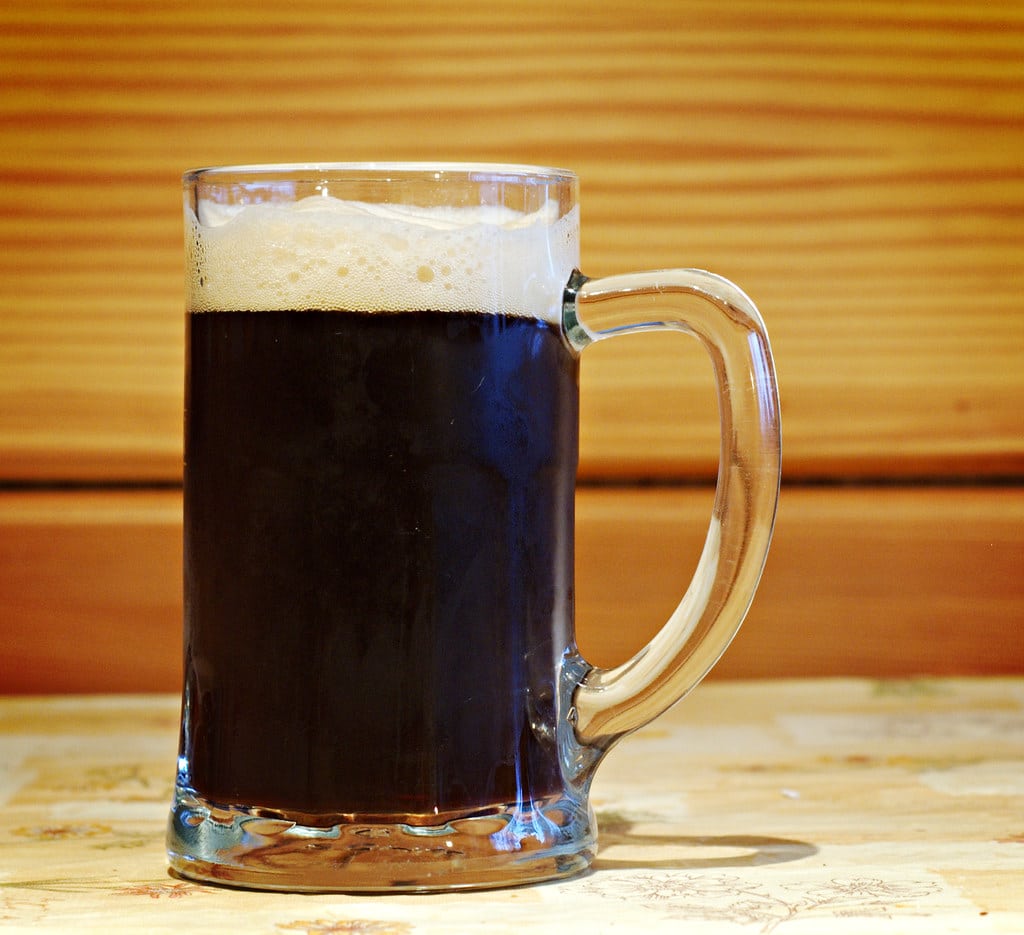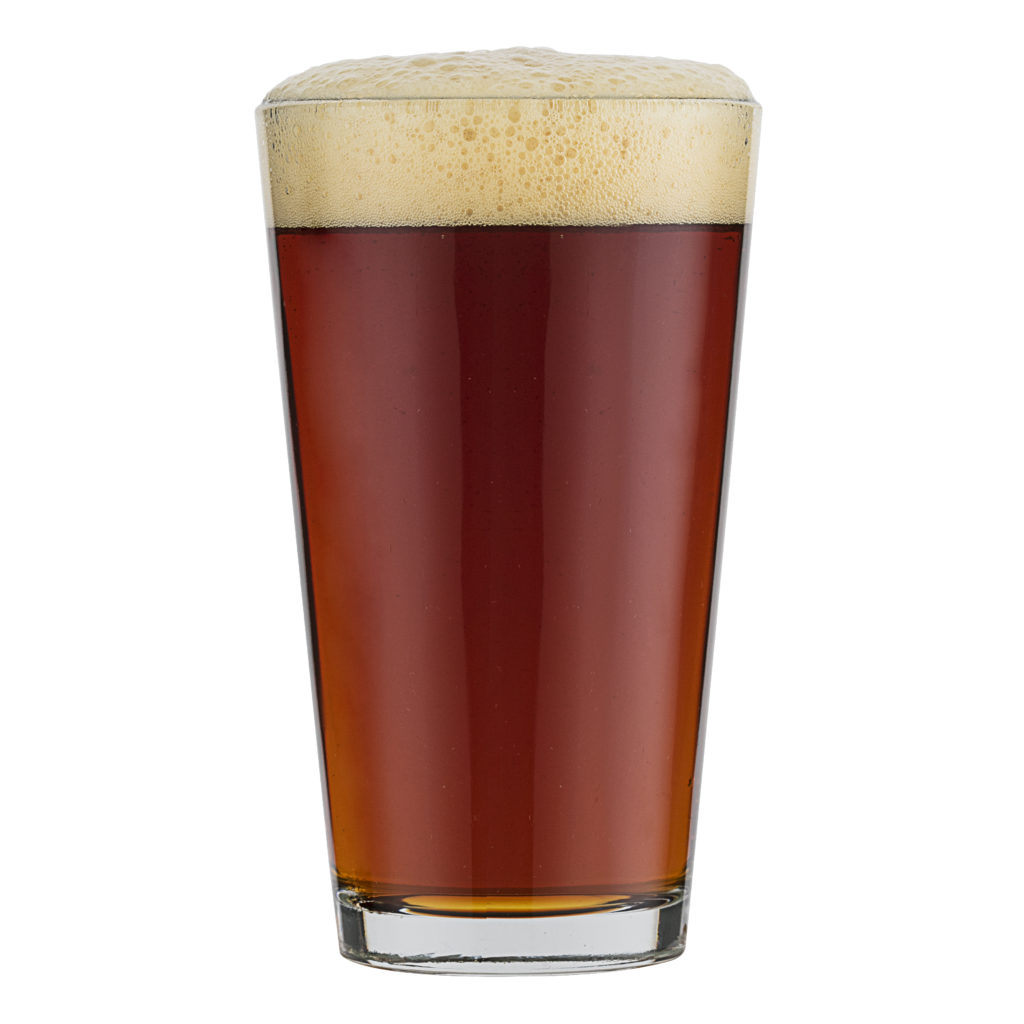
At one point in history all ales were probably Brown. Beer is made from malted barley where the barley is germinated and then dried in a kiln. Historical methods of malting involved drying the wet grain over a fire, so not only was the malt darkened in color, it was also probably smokey. The invention of a smokeless version of coal and the use of indirect heat in hte malt kiln allowed for a pale version of malt to be produced. This led to brewers making pale ales and India pale ales. So if, historically, IPAs replaced brown ales as a popular style of beer wouldn’t it be ironic if the next trend to replace the massively popular IPA style was the humble brown ale. For a lot of the recent past in craft beer, the contribution of malt, and more specifically roasted or caramelized malts, has taken a back seat to hops in the hearts of American craft beer drinkers. Brown ales can be hoppy however, but the key to a great one is balance between the caramel malt flavor and hops. Not every hop variety works well in a brown ale, as the lighter brighter citrus and tropical fruit aromas may clash a little with the caramel malt flavors. Brown ales certainly have their place in the lineup when a bar offers true choices for their customers. While the public ovewhelmingly want’s IPA they probably don’t need for 15 of the 16 taps in a bar to be IPA. Our Heart of Lothian fits the bill as an alternative to the ubiquitous IPA,and as its a Scottish style brown ale has the added benefit of being historically accurate.
![Drop In Brewing [Dev]](https://test.dropinbeer.com/wp-content/themes/dropin/dist/img/logos/drop-in-logo.svg)



